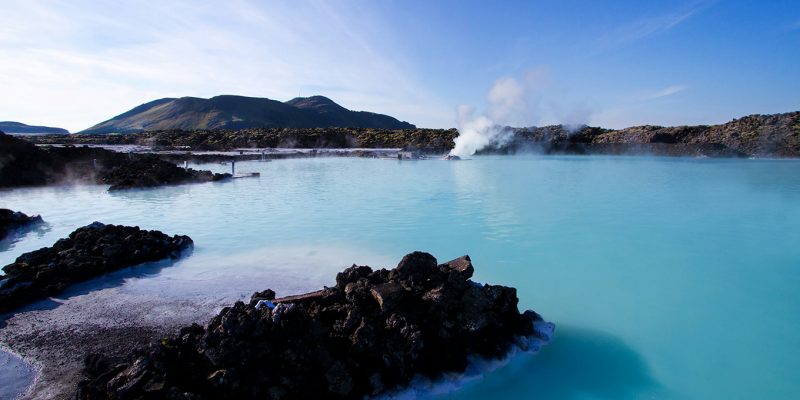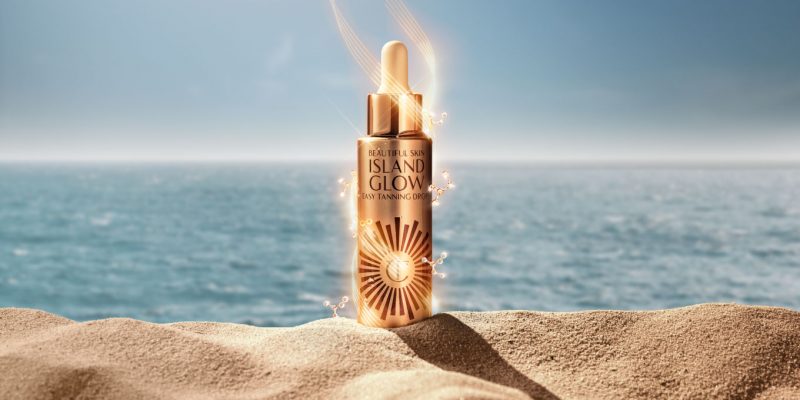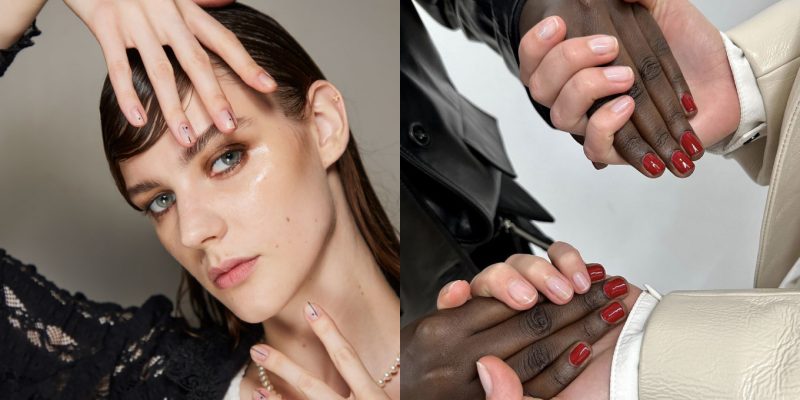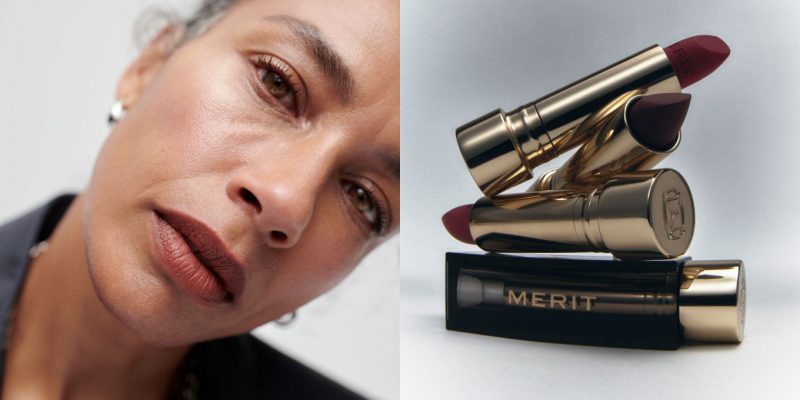Makeup & nails
The must-have sunscreen this summer
The next-generation sunscreen that’s making a splash.
by : Vanessa Craft- Apr 1st, 2015

Here’s how you’ll spot me on the Bahamian beach: Look for the woman under an oversized sun umbrella who’s wearing a wide-brimmed opaque floppy hat and applying sunscreen every hour on the hour. As a beauty editor who has spent years interviewing dermatologists and skincare experts, I know that the sun, much like a Real Housewives marathon, may initially feel really fun to be around but ultimately is so very bad for your health.
READ MORE: The most important sunscreen tips
I’m in the Bahamas to road-test Shiseido’s new WetForce Ultimate Sun Protection Lotion, which takes sunscreen’s mortal enemies—water and sweat—and uses them to boost UV protection. While I watch a cute couple laugh and splash around in the salty ocean waves, I consider the many conversations I have had with dermatologists about staying safe in the sun. They often use serious-sounding terms like “efficacy” (how well a product works) and “compliance” (is the consumer using the product as directed? Is he or she applying it as frequently as recommended?) because that’s the tricky thing: You can build the perfect sunscreen, but if people don’t apply the proper amount or reapply regularly and frequently (especially after swimming or a sweat-inducing activity), the product won’t be as effective as when it was created in the lab.
READ MORE: Sunscreen facts and myths
This is why Shiseido, which claims that WetForce’s UV protection becomes stronger the wetter it gets, might be a real game changer in the realm of sun protection. But how does it work? Sitting in the shade of my sun lounger, I shoot off an email to Satoshi Yamaki, a research scientist at Shiseido, to find out. Yamaki spearheaded the new technology and explains that, trad-itionally, sunscreens become less effective when wet because of two mechanisms. The most obvious: Water simply rinses away the protective “film” of sunscreen on the skin. But even if the film has a high enough re-pel-lency level to fight being washed away, “it doesn’t have the ability to keep its structure, so the state of [the film] becomes rough,” explains Yamaki. This reduction in uniformity is what diminishes UV protection—and it’s probably why so many of the guys I see playing beach volleyball after their afternoon swim have red shoulders.
Yamaki says that the idea for this next-generation sunscreen came after he delved into research that centred around South Asia’s hot and humid environment and—here’s a surprise—ionic hairstyling technology. Hair-care companies are currently fixated on the way that positive and negative ionic charges work together to make hair look smoother.
READ MORE: 10 rules on how to apply bronzer
WetForce uses what is called an “ionic mineral sensor,” which forms a film with high water repellency by attracting minerals found in the water or sweat. “This results in a sunscreen that is more uniform and smoother later than when it is first applied,” says Yamaki. The more even the surface the better protected the skin is.
Armed with this knowledge, I join the festivities and spend a very active last day in the Caribbean sun. I play a rigorous game of tennis, go for a dip in the deep-turquoise sea and take several walks in the sunshine back and forth to the bar. I’ve got my liquid courage.
READ MORE:
Need-to-know sunscreen facts
Best summer-prep facials
What you need to know to protect your skin this summer
Newsletter
Join our mailing list for the latest and biggest in fashion trends, beauty, culture and celebrity.
Read Next

VIP
9 Stylish Icelandic Adventures Tailored to Fashion-Conscious Canadians
Iceland’s stylish escapades for the fashion-forward Canadian traveller blend elegance with adventure.
by : Contributor Content- Apr 15th, 2024

Fashion
The Best-Dressed Stars at Coachella Weekend One
Here's what your favourite celebs (and influencers!) wore to kick off Coachella's first weekend.
by : Lauren Knowles- Apr 15th, 2024

Beauty
Tested and Approved: A Skin Saviour That Works While You Sleep
Wake up with your glowiest skin yet—even if you didn’t clock eight hours.
by : ELLE Canada- Apr 11th, 2024




